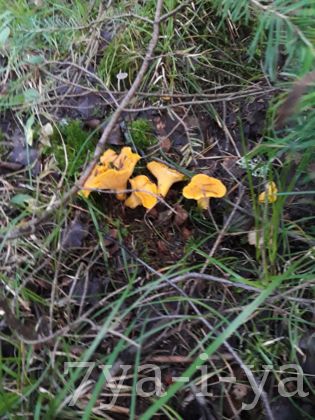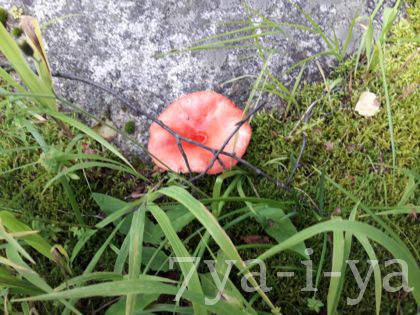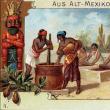Sections of the site
Editor's Choice:
- How to feed a hedgehog at home?
- How to make a poster with chocolates and inscriptions with your own hands?
- DIY hazel onions
- What you need for a picnic
- Pike head ear
- Rating of winter lures for perch
- How to salt pike caviar
- How to make cheese at home - recipe
- How to care for a hedgehog at home
- How to make a hunting bow with your own hands?
Advertising
| Mixed forest mushrooms |
|
I'll start, perhaps, with those that I knew, which I collected in the Chaldai forests and in the floodplain forests of the Irtysh River. Oiler.The oiler is found only in the coniferous forest, it looks like a birch tree, the same slightly brownish hemisphere cap, the same tubular hemephoric spore part, the cap rests on a dense, not very thin white leg. But the cap of the mushroom is wet, oily, after touching it, brown stains that are difficult to wash off with the smell of needles remain on the hands. Butterlets are very tasty when fried, both with and without potatoes. Fried in sunflower oil with onions keep well in the refrigerator. White mushroom.White mushroom belongs to one of the most beloved and noble mushrooms, the highest category. It is called white because of the color of the cut flesh, which remains white even after the mushroom is cooked for eating. There are spruce, upland and birch, depending on the place of growth. Outwardly, spruce differs from white, growing in birch pegs, in the color of the cap, which can be brown or reddish. The mushroom grows on a long white stalk starting with a thickening. The color of the spongy spore layer is white, but, with the growth of the fungus, it changes color, and in old ones it can be green. Cut off has a pleasant mushroom smell, which is typical for all whites. Occurs from July to late August. In food, the mushroom is used in almost any form, except raw. Borovoy has the same color of the cap, but grows in pine forests and has a short, thick leg, the cap is sometimes wrinkled. Occurs from June to mid-November Boletus.There are three forms of brown, white, red. Mixed forest mushrooms come across all these forms. It is found in almost all forests, but prefers aspen forests. Young mushrooms are decorated with an unopened red cap on a long dense white leg with a black mesh, over time the cap opens and turns gray. Spore mesh white or gray. A distinctive feature is the blue discoloration of the white place of the cut of the mushroom. Suitable for eating fried, salted, dried, you can cook soup from dried mushrooms. In the process of cooking, it changes from white with blue to almost black. Ginger.Near the pine trees of the mixed forest, there is a mushroom with an orange cap on a yellowish-brown hollow leg inside. In a young mushroom, the cap is spherical as it grows, the shape changes and becomes flat with a dimple in the center. If the high humidity in the air becomes covered with mucus, and on the cap there are types of stripes in a circle. On the cut, the milk that stands out quickly turns green. The touched areas also take on a greenish color. The smell of the mushroom is resinous with a fruity undertone. The mushroom is good in a salted form, but you can also use it fried with sour cream after boiling it in a saline solution. Chanterelle.
|
| Read: |
|---|
New
- "Mahmud is in place, we can start" or interesting facts about the papakha
- I never took off my hat crossword clue
- Types of genres of literary works Large narrative work of fiction with a complex plot
- Compilation of Dramas Featuring Lee Jong Suk Films with Lee Jong Juice
- So Ji Soo Kim Ji Soo Drama
- Park Shin Hye - filmography, biography and personal life Where Pak Shin Hye is filmed
- How Perm people live now, who won millions on TV shows
- Does 21st Century India Need Castes?
- Violin post briefly
- Bach: biography in short for children Biography of bach johann sebastian in short for 6








